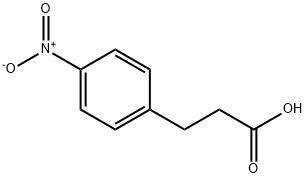SAFETY INFORMATION
| Signal word | Warning |
|---|---|
| Pictogram(s) |
 Exclamation Mark Irritant GHS07 |
| GHS Hazard Statements |
H315:Skin corrosion/irritation H319:Serious eye damage/eye irritation H335:Specific target organ toxicity, single exposure;Respiratory tract irritation |
| Precautionary Statement Codes |
P261:Avoid breathing dust/fume/gas/mist/vapours/spray. P304+P340:IF INHALED: Remove victim to fresh air and Keep at rest in a position comfortable for breathing. P305+P351+P338:IF IN EYES: Rinse cautiously with water for several minutes. Remove contact lenses, if present and easy to do. Continuerinsing. P405:Store locked up. |
COMPUTED DESCRIPTORS
| Molecular Weight | 195.17 g/mol |
|---|---|
| XLogP3 | 1.3 |
| Hydrogen Bond Donor Count | 1 |
| Hydrogen Bond Acceptor Count | 4 |
| Rotatable Bond Count | 3 |
| Exact Mass | 195.05315777 g/mol |
| Monoisotopic Mass | 195.05315777 g/mol |
| Topological Polar Surface Area | 83.1 Ų |
| Heavy Atom Count | 14 |
| Formal Charge | 0 |
| Complexity | 215 |
| Isotope Atom Count | 0 |
| Defined Atom Stereocenter Count | 0 |
| Undefined Atom Stereocenter Count | 0 |
| Defined Bond Stereocenter Count | 0 |
| Undefined Bond Stereocenter Count | 0 |
| Covalently-Bonded Unit Count | 1 |
| Compound Is Canonicalized | Yes |
PRODUCT INTRODUCTION
description
3-(p-nitrophenyl)propanoic acid is a monocarboxylic acid that is 3-phenylpropionic acid in which the hydrogen at the para position of the phennyl group has been replaced by a nitro group. It has a role as a chromogenic compound. It is a monocarboxylic acid and a C-nitro compound. It is functionally related to a 3-phenylpropionic acid.
